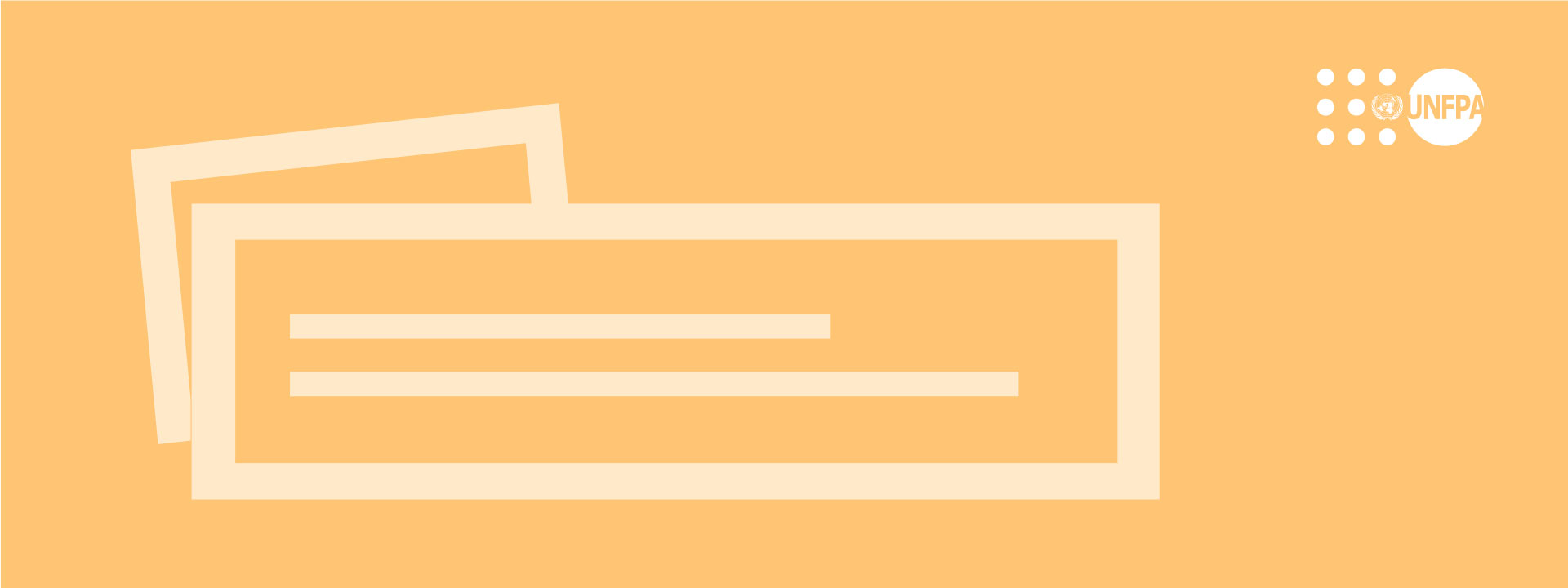UNFPA’s focus on adolescents and youth is based on the recognition that young people, particularly those living in poverty, have been virtually ignored in policies and programmes. And that this period of their lives is a critical transition between childhood and taking on adult responsibilities.
Yet, of the 1.8 billion young people in the world today, about half survive on less than $2 a day, while more than 100 million adolescents do not attend school. Sixteen million adolescent girls become mothers every year. Almost 40 per cent of the 6,800 new HIV infections each day are among young people.
UNFPA recognizes that young people are diverse. The needs of a 12 year-old girl are very different from those of a 24 year-old male. Effective policies and programmes for adolescents and youth take this diversity into account.
UNFPA’s Framework for Action on Adolescents and Youth articulates the organization’s multisectoral strategy to promote the comprehensive development of young people worldwide. Its four pillars include:
- addressing population, youth, and poverty issues at the policy level
- expanding access to gender-sensitive, life skills–based sexual and reproductive health including HIV education in schools and community settings;
- promoting a core package of health and sexual and reproductive health/HIV services
- encouraging young people’s leadership and participation within the context of sector-wide approaches, poverty reduction strategies and health sector reforms.
The framework also calls for upholding the rights of young people, and especially for marginalized groups and adolescent girls.





